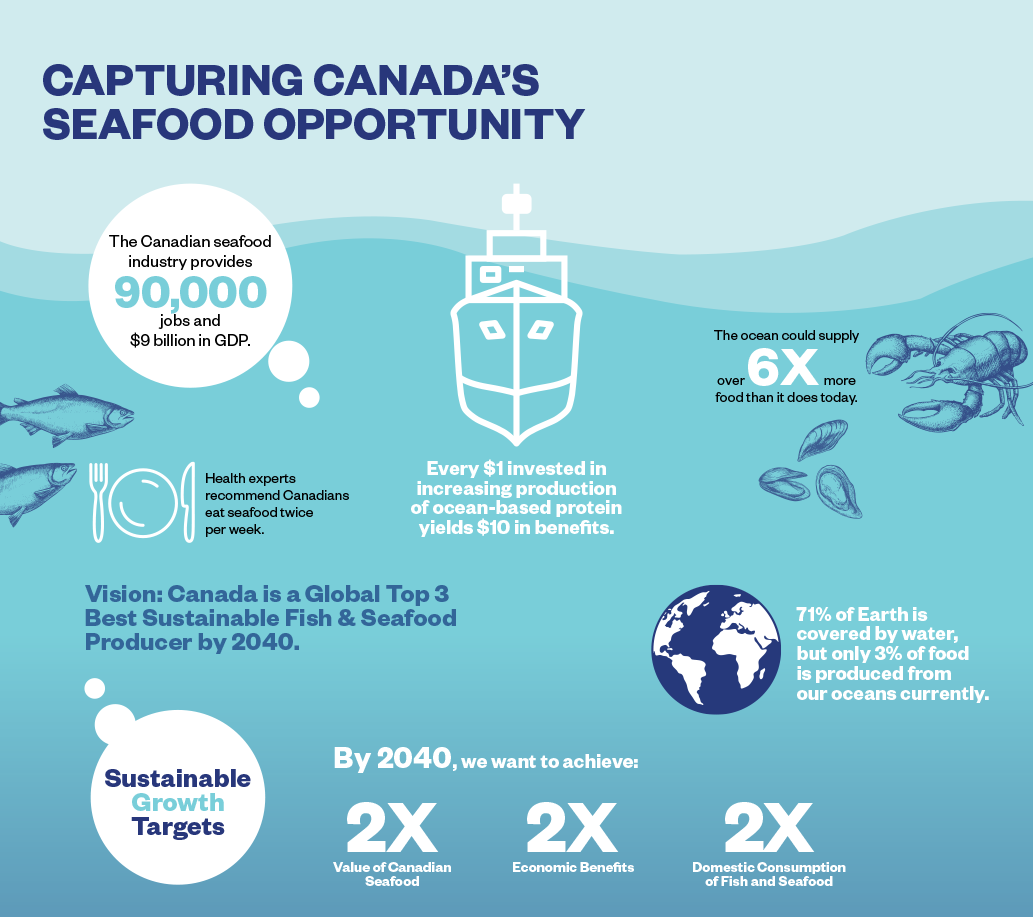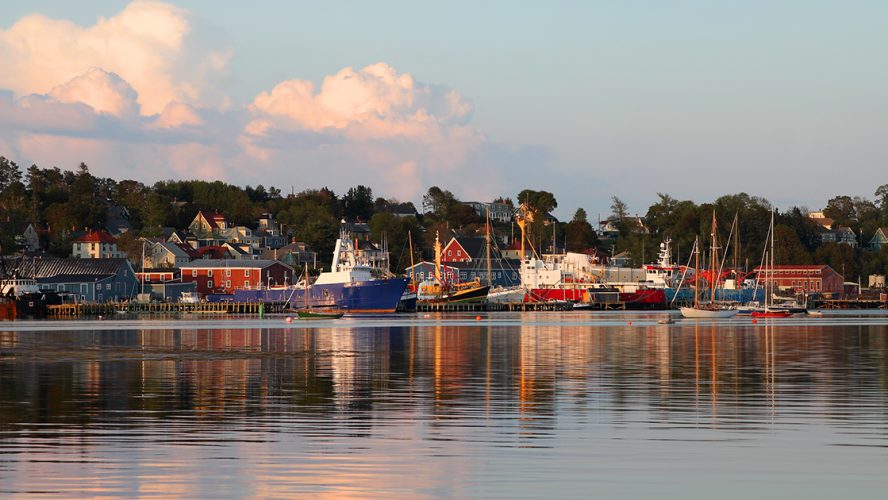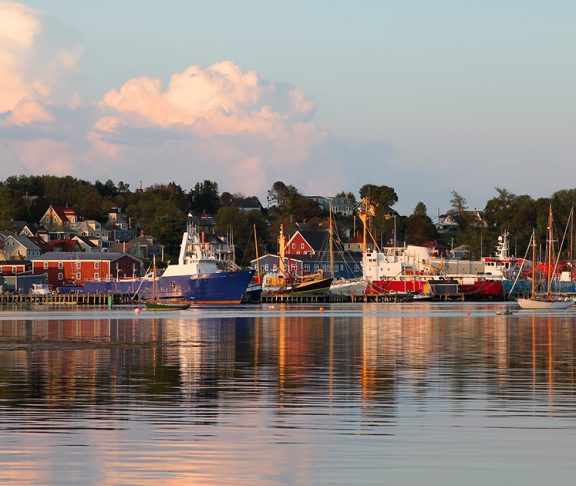
Paul Lansbergen
President, Fisheries Council of Canada

Timothy Kennedy
President & CEO, Canadian Aquaculture Industry Alliance
Despite access to three oceans and having the world’s longest coastline, Canada lags behind other nations in using the ocean to sustainably feed the planet, create jobs, and drive economic development for coastal communities. But this is about to change with a national Blue Economy Strategy.
Two of the country’s leading trade associations, whose industries combined employ 90,000 people and contribute about $9 billion to the Canadian economy, have come together to support an action plan that aims to see Canada rise to being a top three best producer of sustainable seafood in the world.
“We have abundant ocean resources, but we’re not realizing their full potential,” says Paul Lansbergen, President of the Fisheries Council of Canada (FCC). “Without question, we can strengthen the economy if we make this a priority, while also mitigating the effects of climate change. Seafood has a lower carbon footprint than many other sources of food protein.”
FCC, representing wild-capture fisheries, and the Canadian Aquaculture Industry Alliance (CAIA), representing farmed seafood, are setting a course that will see the ocean sector generate more sustainable economic development through their Blue Economy Strategy 2040. This industry-developed strategy provides a vision and action plan to support the objectives of the wider Blue Economy Strategy led by the federal government.
We have abundant ocean resources, but we’re not realizing their full potential. Without question, we can strengthen the economy if we make this a priority, while also mitigating the effects of climate change.
Doubling down on Canadian seafood
According to Lansbergen, the consumption of seafood in Canada is relatively flat across the country, including in the Atlantic provinces and British Columbia. And 70 percent of what we do eat is imported. “Unlike other countries, we don’t have a big culture of seafood, but our sector’s Blue Economy Strategy has three goals that can change that. We want to double the value of Canadian seafood, double the economic benefits, and double domestic consumption,” he says.
Despite not fully realizing the potential of our oceans, Canada has done a good job in sustainable fisheries management.“We have a lot of independent third-party certification and are doing a better job than most in this regard,” says Lansbergen. “We can still be sustainable and produce six times more seafood than we do now, but it requires an ambitious long-term vision and an action plan that involves industry and government that will move us in the right direction.”
Putting the focus on sustainable seafood production
Currently, 28 percent of seafood production value in Canada is through aquaculture, where more than a dozen types of fish and shellfish are commercially farmed. This figure is expected to increase in the coming decade. “Aquaculture done right can feed the planet in an environmentally-friendly way and be at the centre of innovation and job creation,” says Timothy Kennedy, President and CEO of the CAIA. “We’re only using one percent of the viable ocean area in Canada, while Norway has three times less coastal capacity yet is 10 times more productive.”
Kennedy adds that even if we double aquaculture production in this country, we’d still be using less than two percent of the ocean area, which is a tiny footprint. And it’s not just our oceans that are teeming with opportunity. Lakes and new land-based technologies also have potential to unlock opportunity thousands of miles from the sea.
The High Level Panel for a Sustainable Ocean Economy, a multi-national initiative to which Canada is a signatory, found that for every dollar invested in seafood, the outcomes — health, environmental, and social — yield $10 in benefits.
Not having a national strategy isn’t an option for the seafood industry. Two decades of minimal interest from the federal government haven’t served the country well. “We’re looking for an action plan that will generate highly-skilled jobs and economic development, and that’ll allow the industry to compete globally. We need to expand the toolbox to further develop the sector’s sustainability and with a national vision and plan with greater certainty and confidence, we can become the most sustainable, best-quality seafood producers in the world,” says Kennedy.
Visit seafoodopportunity.ca to find out more about the Canadian seafood industry’s vision and action plan, and to hear from Canadians about what the blue economy means to them.

Canada’s commitment to developing a Blue Economy Strategy means many things: it’s an opportunity to revitalize our rural and coastal communities; to enhance our dedication to sustainability, research and science; and to capture the potential of the world’s longest coastline and unmatched freshwater resources.
We’re ready to capture Canada’s seafood opportunity and help lead our nation back to its rightful place as a global leader in the sustainable ocean economy.



